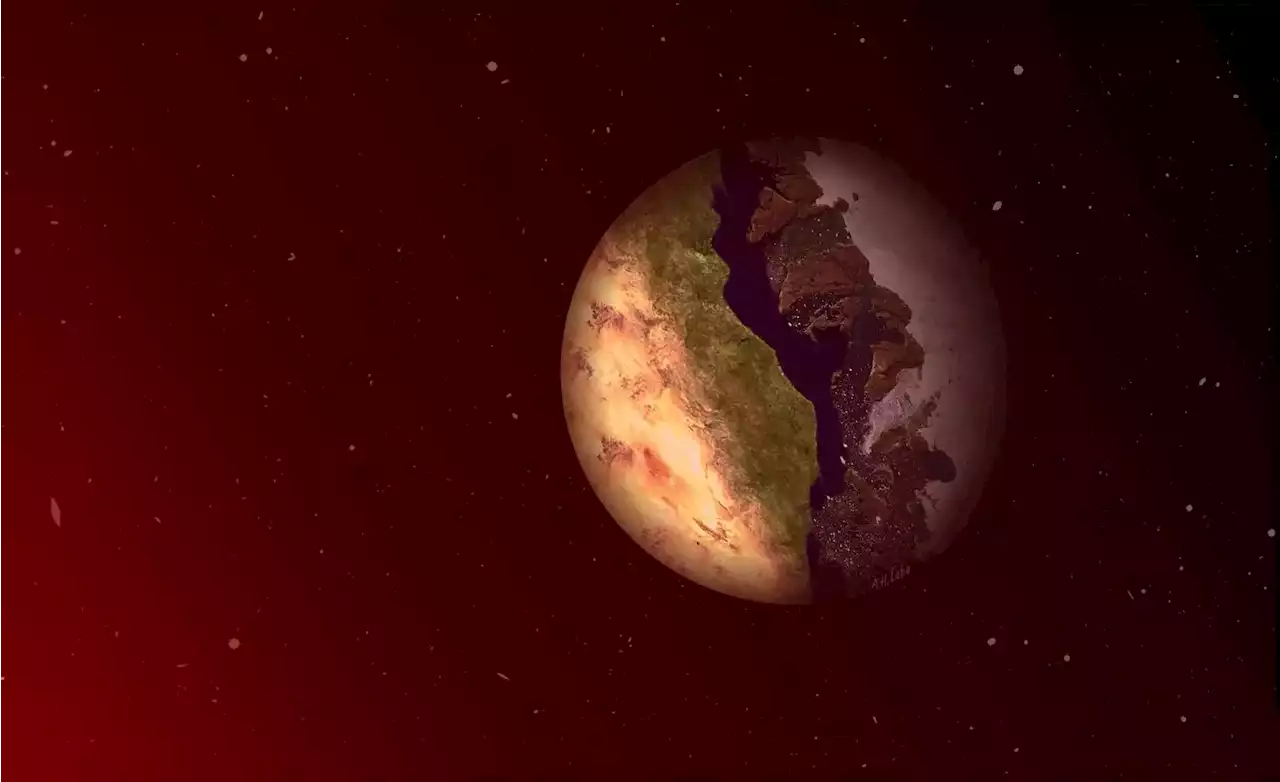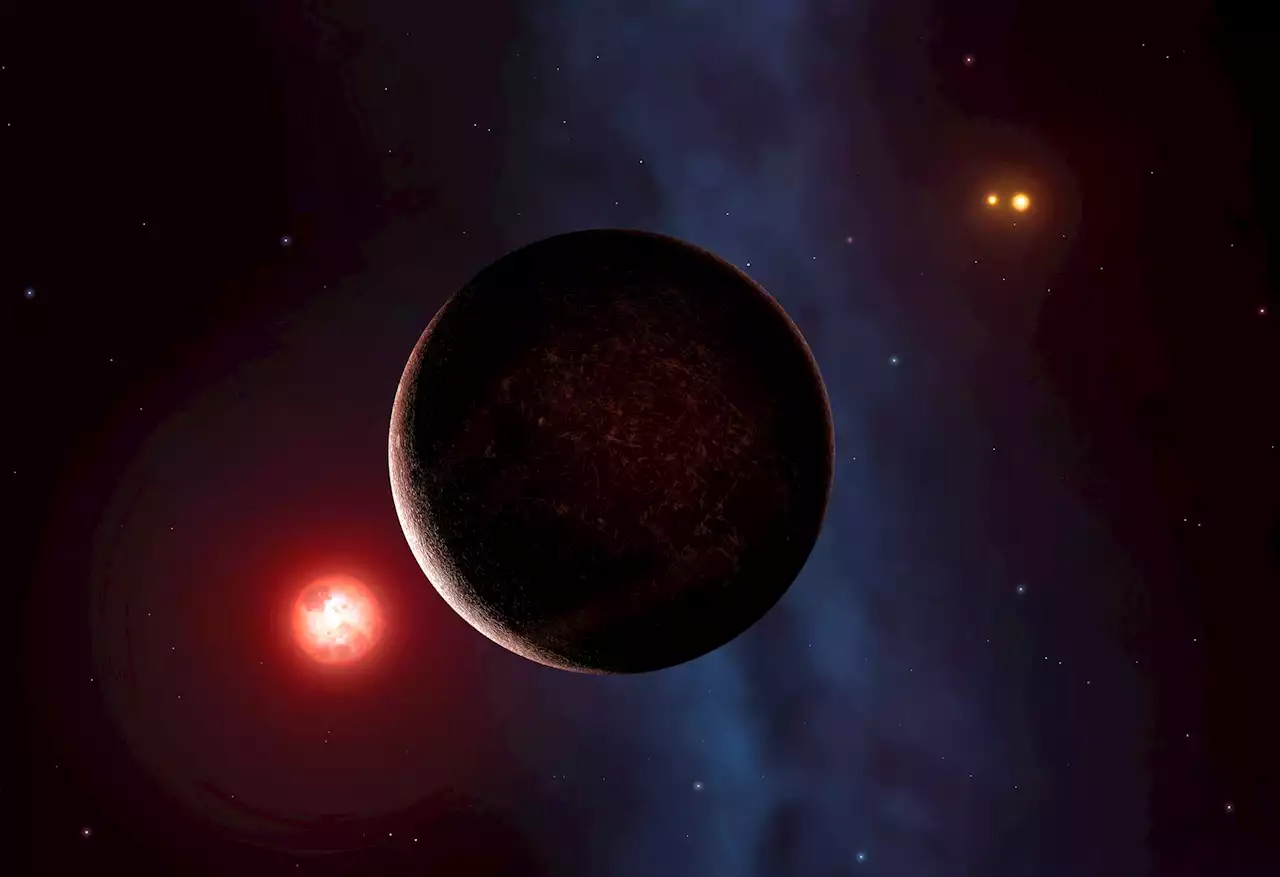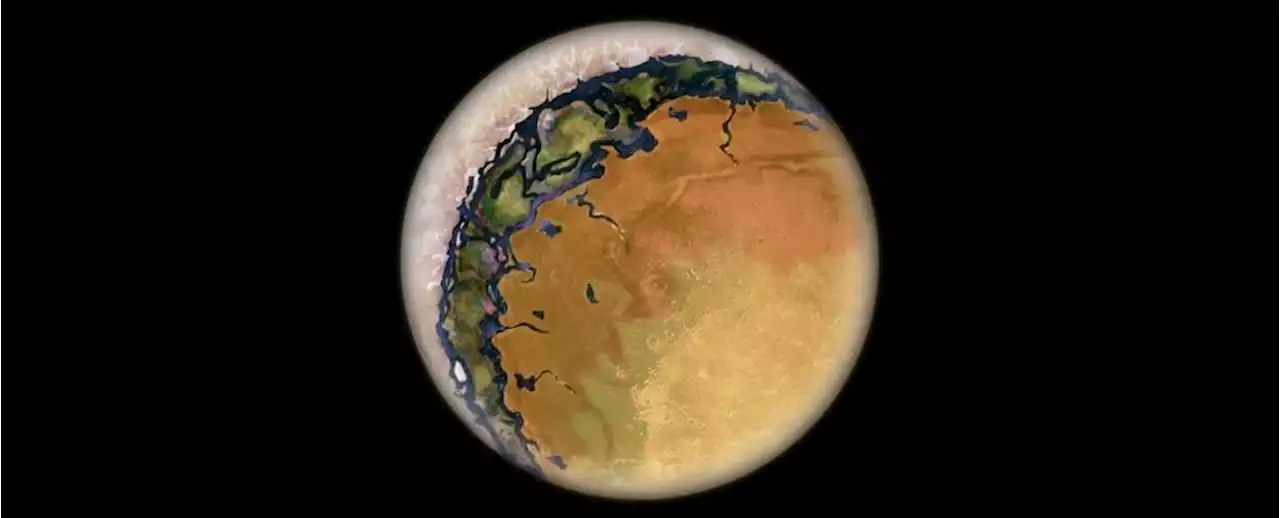Earth, currently, is our only blueprint for planetary habitability.
There may be life elsewhere out there in the big, wide galaxy, but ours is the only world on which we know, for a certainty, that it has emerged.
The problem is that we've found nothing out there that's exactly like our own planet: of the same size and composition, occupying a similar spot in its planetary system, at just the right"Goldilocks" distance from its star for temperatures amenable to life as we know it.we've found to date are, in fact, much closer to their host stars than Earth is to the Sun. Thanks to this proximity, they're not only sizzling, but tidally-locked in place.
A new paper has found that there is a place on closely-orbiting, duel-personality exoplanets that may be habitable: the thin twilit zone where day meets night, known as the"You want a planet that's in the sweet spot of just the right temperature for having liquid water,""This is a planet where the dayside can be scorching hot, well beyond habitability, and the night side is going to be freezing, potentially covered in ice. You could have large glaciers on the night side.
Our search for Earth-like exoplanets is currently somewhat hampered by the limitations of our technology. Our most useful techniques are best at finding worlds that orbit their stars quite closely, whipping round inIf we were only looking at stars like the Sun, this might pose a problem for potential habitability. Yet most of the stars in the galaxy are red dwarfs; smaller, dimmer, and much cooler than our own star.
. This occurs when the gravitational interaction between two bodies"locks" the smaller body's rotation to the same period as its orbit, so that one side is always facing the larger body. It particularly occurs in exoplanets with close orbits, because the gravity of the star stretches the exoplanet in such a way that the distortion applies a braking effect. We see this with Earth and
United States Latest News, United States Headlines
Similar News:You can also read news stories similar to this one that we have collected from other news sources.
 Astronomers Say “Terminator Zones” on Distant Planets Could Harbor Extraterrestrial LifeThese in-between regions could be prime sites for liquid water. In a new study, University of California, Irvine (UCI) astronomers describe how extraterrestrial life has the potential to exist on distant exoplanets inside a special area called the “terminator zone,” which is a ring on planets that
Astronomers Say “Terminator Zones” on Distant Planets Could Harbor Extraterrestrial LifeThese in-between regions could be prime sites for liquid water. In a new study, University of California, Irvine (UCI) astronomers describe how extraterrestrial life has the potential to exist on distant exoplanets inside a special area called the “terminator zone,” which is a ring on planets that
Read more »
 Astronomers found 2 potentially habitable planets orbiting a distant starAstronomers have discovered a pair of potentially habitable planets orbiting a distant star, both of which could hold liquid water.
Astronomers found 2 potentially habitable planets orbiting a distant starAstronomers have discovered a pair of potentially habitable planets orbiting a distant star, both of which could hold liquid water.
Read more »
 Alien moons could be smashing into distant planets and destroying lifeThe moon is thought to have helped life evolve on Earth. That may not be the case for many distant alien worlds, known as exoplanets.
Alien moons could be smashing into distant planets and destroying lifeThe moon is thought to have helped life evolve on Earth. That may not be the case for many distant alien worlds, known as exoplanets.
Read more »
 Judge issues tentative ruling favorable to street vendors suing Los Angeles over 'no-vending zones'A judge indicated he is inclined to allow a coalition of street vendors suing the city of Los Angeles over its no-vending zones to proceed with a legal challenge to the ordinance.
Judge issues tentative ruling favorable to street vendors suing Los Angeles over 'no-vending zones'A judge indicated he is inclined to allow a coalition of street vendors suing the city of Los Angeles over its no-vending zones to proceed with a legal challenge to the ordinance.
Read more »
 State launches 'Health Equity Zones' initiative to address community health challengesSome Washington communities struggle with air pollution, or have fewer doctors or medical facilities, and lower life expectancies.
State launches 'Health Equity Zones' initiative to address community health challengesSome Washington communities struggle with air pollution, or have fewer doctors or medical facilities, and lower life expectancies.
Read more »
